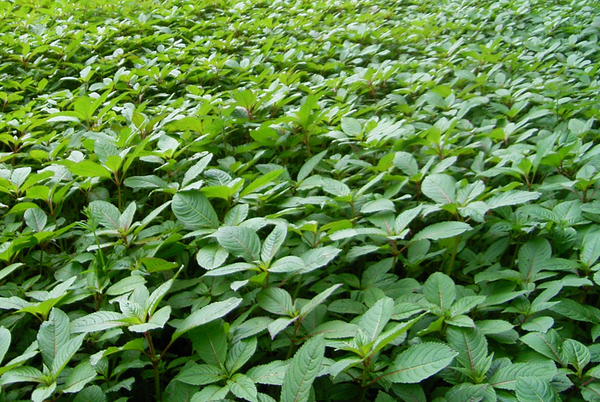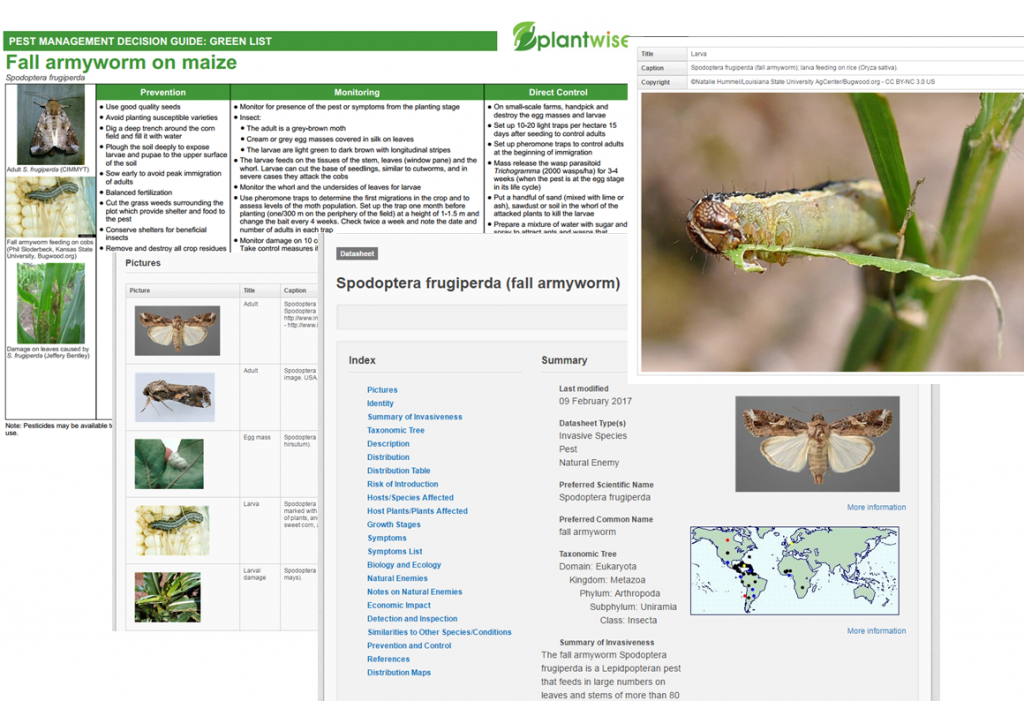Highlighting forests’ vulnerability to invasive species
After habitat destruction, invasive alien species are the second biggest threat to biodiversity worldwide. It has a significant impact on livelihoods and the economy, incurring losses of USD$1.4 trillion a year. Prior to 2012 many South-East Asian countries lacked the policies and information on the presence, distribution and impact of invasive species to properly manage this…
The locust invasions devastating Niger
It is the end of December 2016, with clear skies over Niger. But as 2017 draws near prospects are grim for some 500 residents in Bani Kosseye, a village 80km from the capital Niamey. Agricultural production has been poor here, and families’ meagre stocks are expected to run out within a few weeks. People already fear…
Alien species on the rise worldwide
New research shows rates of alien species’ introduction are higher than ever. The increase in numbers of alien species does not show any sign of saturation at a global level, an international team of 45 researchers led by scientists from Senckenberg, Germany, and University of Vienna, Austria, has discovered. CABI’s Dr Marc Kenis, based in…
Where to find CABI’s open-access information on fall armyworm
The fall armyworm, Spodoptera frugiperda, is making headlines worldwide for all the wrong reasons. The caterpillar crop pest, native to the Americas, was reported in Africa for the first time last year and is now rapidly marching across the continent. It is a voracious pest of maize and other staple crops and has already destroyed…
Taming ornamental plant invasion in Kenya
In this video, scientists and local people explain the dangers of Opuntia stricta, an invasive cactus weed covering large tracts of land in Kenya’s semi-arid Laikipia County, and efforts in place to tame its spread and adverse impacts.
CABI’s new biocontrol video
CABI has produced a new video which focuses on how we are using biological control, or biocontrol, to manage some of the worst invasive species that are affecting farmers’ livelihoods.
My UK adventure
By Fernadis (Feddy) Makale, MRes, CABI It all started with a single application email after coincidentally stumbling on a scholarship ad online. Landing in the UK at almost sub-zero temperatures I didn’t know what was ahead of me. I had successfully won a scholarship for a Research Masters (MRes) degree co-funded by CABI and…
Pakistan’s papaya pest squished through biocontrol
A severe infestation of the papaya mealybug (Paracoccus marginatus) nearly wiped out papaya orchards in Pakistan before this largely farming South Asian country decided to replace conventional chemical pesticides that were ineffective, with natural predators that proved to be successful.
Alien hunters in Indonesia – protecting natural parks and forest ecosystems in SE Asia
The Global Forum on Agricultural Research (GFAR) posted four blogs about CABI’s activities in its ‘Partner Spotlight’ feature. One of these was on a four-year Global Environment Facility (GEF) funded project that we led which ended recently. The FORIS project was about preserving important genetic diversity in some of SE Asia’s forests. The blog is…
Invasive species – telling the story of the hidden threat to livelihoods
The Global Forum on Agricultural Research (GFAR) has blogged about CABI’s activities in its ‘Partner Spotlight’ feature (12-15). One of these was our new invasive species programme which is re-posted here. Millions of people living in rural communities around the world face problems with invasive species –animals, diseases, insects and plants – that are out…


